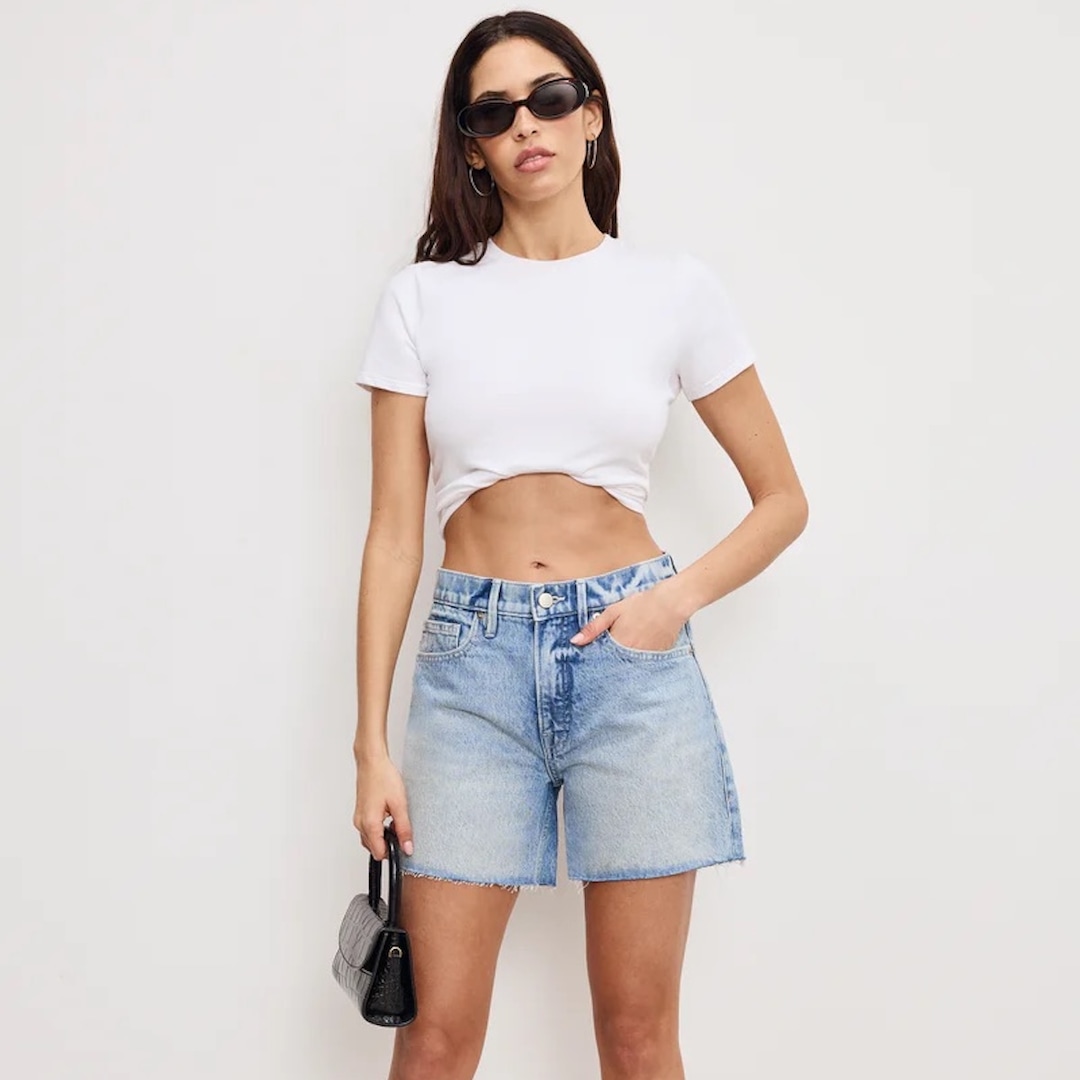“It’s just about getting the balance right, so you’re not cluttered,” says Edward Jones, owner of the landscape design company Outside Space NYC.
Here’s how to do a lot with a little.
Before you buy furniture, planters or other accessories, make a realistic assessment of how you’ll actually use the space. “A lot of times, [people] go to a store, they fall in love with the furniture, they get it, and then they have to deal with the size of it and it doesn’t match,” says Tatyana Swift, an architect and designer in D.C.
Think about how much time you’ll spend out there, and what you’ll be doing. Do you aim to host friends? Work from the outdoor sofa? Grow your own veggies? Once you have an idea of what’s most important to you, measure your space and draw a loose floor plan to scale, advises Jones, keeping in mind how you want to orient any furniture, plants or lights. If you’re hurting for inspiration, hunt for photos on Pinterest to get a general sense of the layouts that appeal to you. “It gives you a sense of direction, a vibe where [you] are going to feel happy,” he says.
You may want to host, barbecue and grow six tomato plants, but try to be selective. Otherwise, you run the risk of creating a space that looks messy and is too crowded to enjoy. “If it’s too much of various different things, then it might start looking overwhelming,” Swift says.
Rather than loading it up all at once, start with one or two pieces to anchor the space, then build from there. If entertaining is your main priority, for example, start with a sofa and coffee table. Live in that for a beat before determining whether it’s necessary to add anything more. “Maybe you think you want to grill but then realize, eh, it’s not really necessary, or it would look ridiculous,” says Irene Kalina-Jones, a landscape designer and Jones’s wife and business partner.
Also helpful in a compact footprint: Choosing pieces that can be easily rearranged and carried into your space (or into an apartment building elevator). You may want to sit with your new furniture a bit before landing on its permanent arrangement, Kalina-Jones says, and no one wants to drag heavy metal across their concrete floor.
Once you’ve settled on the primary function for your patio, you can experiment with decor to make the space more inviting. Swift recommends adding solar-powered lighting, assuming your patio gets some direct sun during the day. Solar lanterns that can be affixed to a wall, string lights that can be looped around a ledge, or free-standing lamps are all options. For shadier patios, you can buy rechargeable or cordless outdoor lamps. These sun- and battery-powered products are preferable even if you have access to an outlet, since cords and cables will only add clutter and tripping hazards to an already tight space.
Putting an outdoor rug beneath your furniture arrangement won’t only add to the visual appeal of your space, it can also make the area feel more comfortable, says Swift. Matching the rug to the taste and decor of your home can make the patio seem more like an extension of your living room, she says, rather than a separate cramped area. It can also define different uses; for example, a rug under an outdoor sofa can help delineate that section from a gardening or eating area.
Look for rugs made specifically for the outdoors, in a durable material such as polypropylene or polyester. After big rains, you may want to hang your rug to air-dry to avoid mildew build up.
You can also use planters to divide a compact space, says Jones. Placing one at the end of a sofa can section off a “lounge” area (even if it’s just one piece of furniture), from a “dining area” (even if it’s only a bistro table and two chairs) — suddenly, your tiny patio has two distinct zones. Just make sure your planter doesn’t block a walkway, he says.
When it comes to using plants for purely decorative purposes, Kalina-Jones recommends larger pots clustered together for a tight patio, rather than smaller planters scattered around it. It might seem counterintuitive to go bigger in a small space, but not only will this make for easier watering, it will lend the appearance of a bountiful garden, even in minimal square-footage. For the same reason, she advises choosing plants that bloom at different times of the year to avoid a sad-looking dead zone. “Make sure you combine plants that bloom at different times of the seasons,” she says. “You don’t want to have one box that’s only blooming in the spring, and there’s nothing happening in the fall.”
Another way to create an “oasis,” she says, is by setting a potted tree in a corner. She recommends low-maintenance options with shallow roots, such as Japanese maples and a variety of birches. It may even provide some shade.
You can also maximize space by growing plants in a vertical tower garden that you’ve either constructed yourself or bought premade. These structures, designed for plants that can climb, create a lush vibe without much sprawl. Tomatoes are one beginner-friendly option for vertical growing, says Elise Pickett, owner of The Urban Harvest, as long as they have enough sunlight. Other candidates, both edible and not, include peppers, cucumbers, herbs, ivy and climbing roses.
If you’ve got a shadier patio that you’d like to turn into an edible garden, Pickett suggests exploring root vegetables such as carrots or radishes, or leafy greens such as kale and lettuce, all of which do well in containers. As with furniture, she cautions against impulse buys when you hit the nursery. Plants require maintenance — and space — so only buy what you can realistically take care of and fit.
Colleen Grablick is a writer in D.C. who covers news and the occasional curiosity.






